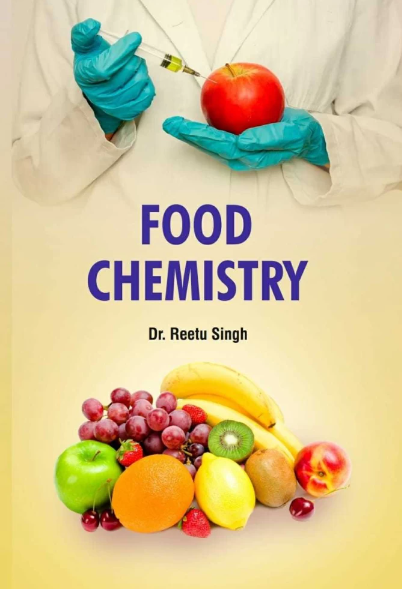基于深度学习辅助便携式拉曼光谱的虾中甲醛掺假快速无损检测
IF 8.5
1区 农林科学
Q1 CHEMISTRY, APPLIED
引用次数: 0
摘要
甲醛(FA)是一种已知的致癌物,在海产品中偶尔被非法用作防腐剂,而传统的FA残留检测方法往往不能满足无损检测的实际需要。在本研究中,开发了一种将便携式拉曼光谱仪与不进行样品预处理的InceptionTime深度学习模型相结合的方法。模型采用虾表面fa阴性和fa阳性拉曼光谱数据进行训练,在5 mg/kg(一级安全检测阈值)和100 mg/kg(滥用级污染阈值)的检测阈值下,准确率分别为84.40 %和85.17 %。代谢组学分析和体重可视化表明,该模型特别关注与特定氨基酸和虾青素结合蛋白相关的拉曼峰。两种氨基酸代谢物,铁胺酸和菠菜碱,也被确定为FA添加量的直接指标。我们的模型为实时和现场FA检测场景提供了一种可现场部署和实用的方法。本文章由计算机程序翻译,如有差异,请以英文原文为准。
Rapid and non-destructive detection of formaldehyde adulteration in shrimp based on deep learning-assisted portable Raman spectroscopy
Formaldehyde (FA), a known carcinogen, is occasionally used illegally as a preservative in seafood, while traditional detection methods for FA residues often fail to meet the practical needs for nondestructive detection. In this study, a approach was developed by combining a portable Raman spectrometer with the InceptionTime deep learning model without sample pretreatment. Model were trained by FA-negative and FA-positive Raman spectral data from the shrimp surface and achieved accuracies of 84.40 % and 85.17 % at detection thresholds of 5 mg/kg (the primary safety detection threshold) and 100 mg/kg (the abuse-level contamination threshold), respectively. Metabolomic analysis and weight visualization indicated that the model particularly focused on Raman peaks associated with specific amino acids and astaxanthin-binding proteins. Two amino acid metabolites, timonacic and spinacine, were also identified as direct indicators of FA addition. Our model offers a field-deployable and practical approach for real-time and on-site FA detection scenario.
求助全文
通过发布文献求助,成功后即可免费获取论文全文。
去求助
来源期刊

Food Chemistry
工程技术-食品科技
CiteScore
16.30
自引率
10.20%
发文量
3130
审稿时长
122 days
期刊介绍:
Food Chemistry publishes original research papers dealing with the advancement of the chemistry and biochemistry of foods or the analytical methods/ approach used. All papers should focus on the novelty of the research carried out.
 求助内容:
求助内容: 应助结果提醒方式:
应助结果提醒方式:


